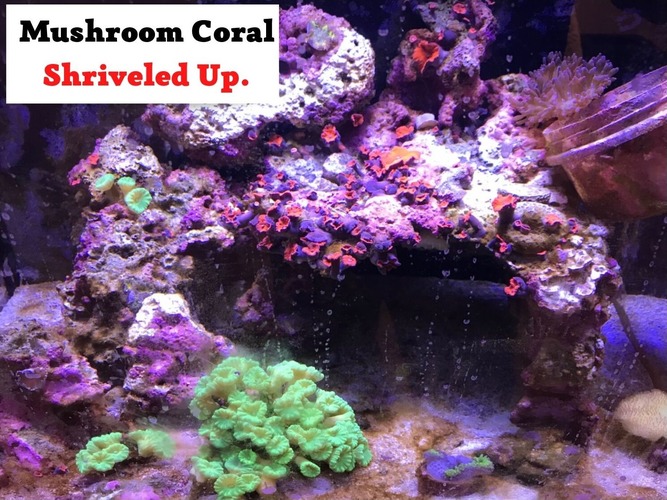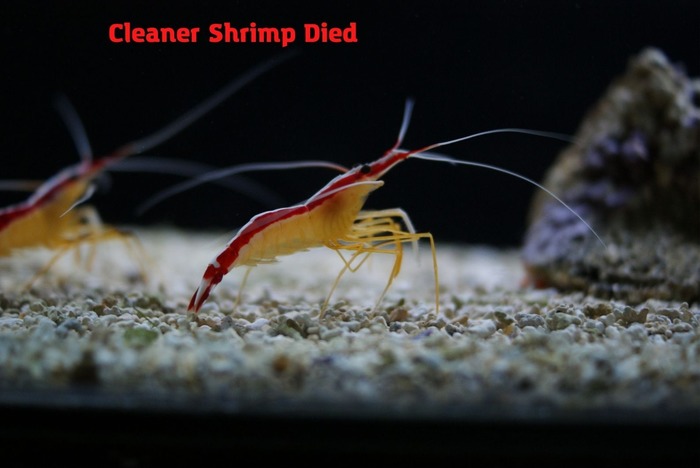
Cleaner shrimps are hard-working Crustaceans. These are, in particular, members of the cleaner shrimp family, which are sometimes disregarded as essential components of well-balanced fish ponds. While they may appear like miniature space aliens, cleaner shrimp are a natural match for many aquatic biomes, benefiting both the tank’s residents and those responsible for cleaning it.
The healthiest tank habitat for your new pets may be created by considering all biome contributions, and the greatest home aquarium systems thrive when they are diverse. Cleaning shrimps are males when they hatch and become hermaphrodites as they age.
In this article, we’ll cover a detailed discussion about the cleaner shrimps, let’s see what we have in store for you:
- Reason to call them Cleaner Shrimps
- Potential causes of Cleaner Shrimp’s death
- The increased male population of shrimps
- Shocked shrimps die quickly
- Chloramine (NH2CL) is fatal for Cleaner Shrimps
- Too much copper & lead in tank water supply
- Cycling & Recycling issues
- Too much water change at once
- Fish or Shrimp medication may be a cause of death
- Water parameters fluctuation
- Overfeeding also causes Cleaning Shrimp death
- Hot water change in winters
- Pest invasion kills your Cleaning Shrimps
- New plants in your aquarium may also harm your Cleaning Shrimps
Reason to call them Cleaner Shrimps
Cleaner shrimp, as their name indicates, clean their surroundings or their mutualistic interaction with fish properly termed cleaner shrimp. They are well-known for more than just their outstanding ability to climb stairs, which is superb quality in and of itself.
Some species of cleaner shrimp can also clean your fish as they scoop up dirt and algae off the rocks. These shrimp bounce their legs side to side in the wild and the tank. They may be conveying their good intentions and requesting not to be eaten by predatory fish.
These crustaceans set up service stations on the reef to clean predatory and non-predatory fish. The shrimp picks at the fish’s flanks and gills, sometimes even within the mouth, to clear parasites, dead tissue, mucus, and other bacteria.
Shrimps get a sweet prize for cleaning out your fish’s parasites and algae: nutrient-packed parasites that they can eat.
Potential causes of Cleaner Shrimp’s death
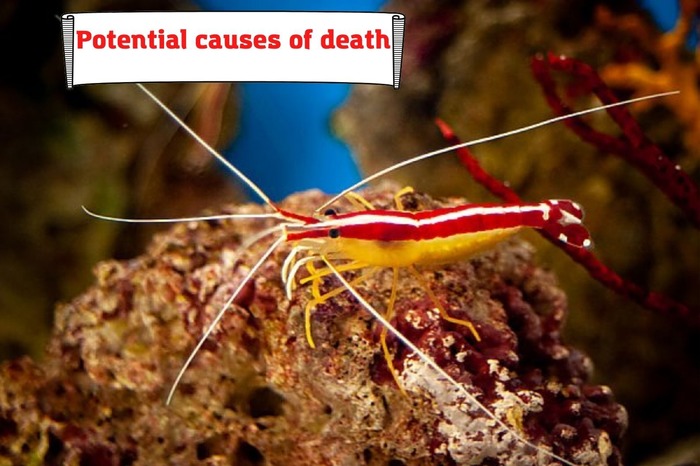
Cleaner shrimp won’t tour the whole reef tank but they may be highly active inside their domain. These shrimp establish cleaning stations for fish on the rockwork’s top or side. They utilize these rocks for sleeping and hiding when molting. They will forage for food and clean any fish that wants to be cleaned.
Cleaner shrimps don’t need particular water conditions. But, like other invertebrates, they are vulnerable to copper traces and excessive nitrates. Contrary to common opinion, invertebrates need traces of copper in their water to produce healthy shells. Large doses, like several aquarium treatments, are lethal. Otherwise, cleaner shrimp are resilient and can tolerate modest changes in water conditions.
When we speak about shrimps, we usually mean how tough they are. But actually, they are far more fragile.
Cleaner shrimps don’t require much to live, although they sometimes die for no apparent cause. They live around a year on average, and you may find many reasons that lead to shrimp extinction. Even shrimp keepers with years of expertise might make egregious errors that only occur to them.
There are several possible causes for your shrimp’s death listed below.
The increased male population of shrimps
In huge colonies, female shrimp come up dead, and this is why it is a must to tame the shrimp population.
As the shrimp colony expands in an aquarium, an imbalance in sexes might present issues. When a female is molting, too many males in the tank cause a “happy dance” and frenzy around the tank hunting for the female. Too many guys may overwhelm a girl. It irritates and threatens her.
The solution is obvious: control the male population of cleaning shrimps in your fish tank.
Shocked shrimps die quickly
You often just bring cleaner shrimp at home and provide it with perfect parameters, but they die anyway. You have done nothing wrong except that you import shrimps that have lived their whole lives in one body of water. Your shrimp must have been stressed by being removed from their natural environment and placed into bags or other containers before transportation.
Then they are transported to your tank (it means they typically travel for days and weeks), which might be stressful for an adult shrimp. Their packing is limited space that makes shrimps get anxious or ill, causing death. Those taken in the wild or raised on farms generally suffer the most.
What can you do?
- Buy shrimps from trustworthy breeders and prefer “home-bred” shrimps. Home breeders know all parameters of where the shrimps were kept, so they can tell you whether your perameters are closer or similar to theirs or not.
- Add Caridina shrimp juveniles in your fish tank as they adapt better and perish less.
Chloramine (NH2CL) is fatal for Cleaner Shrimps
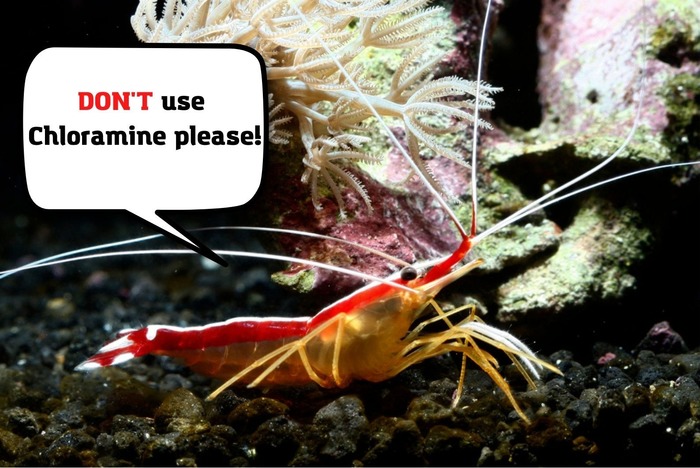
Chlorine (17Cl) is no longer the sanitizer of choice for most water providers; instead, chloramine (NH2Cl) is, and it cannot be dispersed from water. Even though it’s safe for people, it’s lethal to shrimps. Therefore, when brought into their ecosystem, the shrimp may die. In addition, shrimps are very sensitive to toxins in their environment. To remove chloramines from your fish tank, converting them into safe elements is essential.
The solutions are as follows:
- If you want to remove chlorine and chloramine from sterilized water so that shrimp may live in it, you must use dechlorinators.
- To remove any toxins from your tap water, use Seachem Prime or other comparable products like this one.
Too much copper & lead in tank water supply
Due to the presence of copper (29Cu) and lead (82Pb) in the tubes and water valves, cold water still includes significant quantities of these materials. This might result in the shrimp’s illness or death.
Solution
- The best solution is to get a Reverse Osmosis-Deionization (RO-DI) filter to remove any undesirable chemicals from water.
- Water testing for copper and other heavy metals can also help you grasp the problem.
- You can use a poly filter, a highly adsorbent chemical filter media pad.
Cycling & Recycling issues
An aquarium is required for shrimps because nitrites or ammonia indicate a broken cycle. Aside from the water parameters, your tank should be thoroughly cycled. A high nitrate level causes stress and kills shrimps. Don’t forget to cycle your tank!
Here are the solutions:
- A thorough understanding of nitrites and ammonia in your aquarium is a need. Because of this, you’ll need to purchase test kits.
- Snails, which are not considered pests, may avoid dealing with recycling issues.
Too much water change at once
Shrimps may die if you change too much water at once in your aquarium. The most important thing is to keep things consistent and stable to avoid any shock situation for your cleaning shrimps. That’s why it’s important to double-check your aquarium’s water temperature whenever you change the water.
The solution:
- Changing too much water at a time is not recommended.
Fish or Shrimp medication may be a cause of death
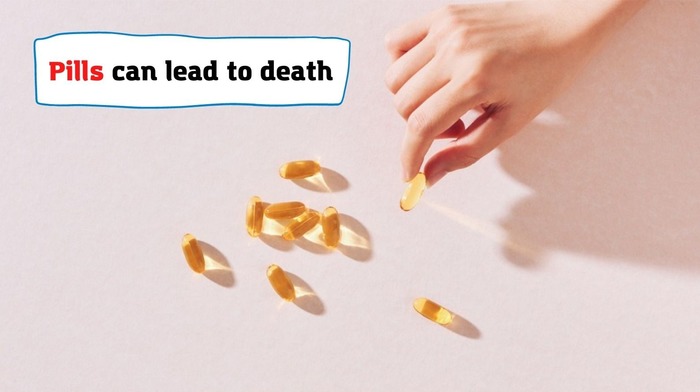
This is a typical issue with aquarium fish and shrimps. Your shrimp may have perished from a treatment response. Don’t buy fish/shrimp food containing copper since even a little amount might kill your shrimp. Your shrimp may also be poisoned by things that are not copper-based.
Here’s the solution:
- Always inspect the medicine label before purchasing it and consult a fish vet for proper guidance.
Water parameters fluctuation
Shrimps aren’t fish. They are not readily adaptable. You must provide them with the conditions in which they will grow. You must purchase the correct shrimp species and satisfy the conditions for that species. You risk disease and death if you deviate too much from the desired parameters (GH, KH, TDS, and pH).
The solutions are obvious:
- Check your water parameters all the time
- No more than 15% to 20% of the water should be changed weekly.
Overfeeding also causes Cleaning Shrimp death

Inactive shrimps will ultimately perish if fed more than they need to be. If you look closely, you’ll see that they are content when it’s time to eat. Even if there is food available, they will eventually become dormant after some time. Also, your shrimps will ultimately lose their coloring and perish.
Here’s the solution:
- Use feeding trays to feed shrimps
- Give your shrimp a few days of starvation from time to time
- Dole out an amount of food they can finish in 10 to 20 minutes or less once or twice a day.
Hot water change in winters
Toxic shrimps are particularly sensitive to even minute changes in their environment’s chemical makeup.
Many aquarium owners use hot water to replace their water during the winter months. This is an effort to manage the water’s temperature. But changing the water that way kills the shrimps. Hot water corrodes copper pipes. Corrosion releases copper ions into the water, killing your shrimps. Heavy metals are also released into the water when the hot water interacts with the boiler’s chemicals.
Here’s what we offer:
- Never ever turn on a hot water faucet.
Pest invasion kills your Cleaning Shrimps
Many pests, notably Dragonfly nymphs, Vorticella, Planaria, Hydra, etc., may harm shrimps, especially newborns. Overfeeding causes them to emerge (like Planaria) most of the time. They may invade outdoor-grown plants (like Dragonfly nymphs). It will eat your shrimps. Get rid of these pests if you see them. Your shrimp will die first. In such a case, remove them. They multiply incredibly rapidly and ultimately out-compete your shrimps in the tank.
There are different ways to treat other pests:
- Scuds will be challenging to eradicate. No therapy is 100% safe for your shrimps. Scuds are also harder than shrimp.
- Use a small siphon or plastic straw to extract Dragonfly nymphs. You must agitate the plants to move them. Reduce the temperature by 3–5 degrees to bring them to the surface. Remember that this may (will) hurt your shrimps.
New plants in your aquarium may also harm your Cleaning Shrimps
Your shrimp may have died due to a new plant in the tank. The first reason is specific chemicals on plants purchased from a pet shop. When you put it in your aquarium, your shrimps die like flies. Some of these plants contain poisons that may completely deplete your tank.
The solution:
- Always wash your new aquatic plant thoroughly and quarantine it for some time to avoid any pest infestation.
Conclusion
Above are a few common culprits of Cleaning Shrimp death. Try to follow the given instructions to keep your shrimps healthy, happy, and alive.
- Pleco Not Eating. Main Reasons Your Pleco Is Starving - February 21, 2022
- Foxface Fish Sting: Any Danger? And What To Do To Relieve Pain? - February 20, 2022
- White Stuff Coming Out Of Snail – Dangerous? Should You Worry About It? - February 19, 2022




